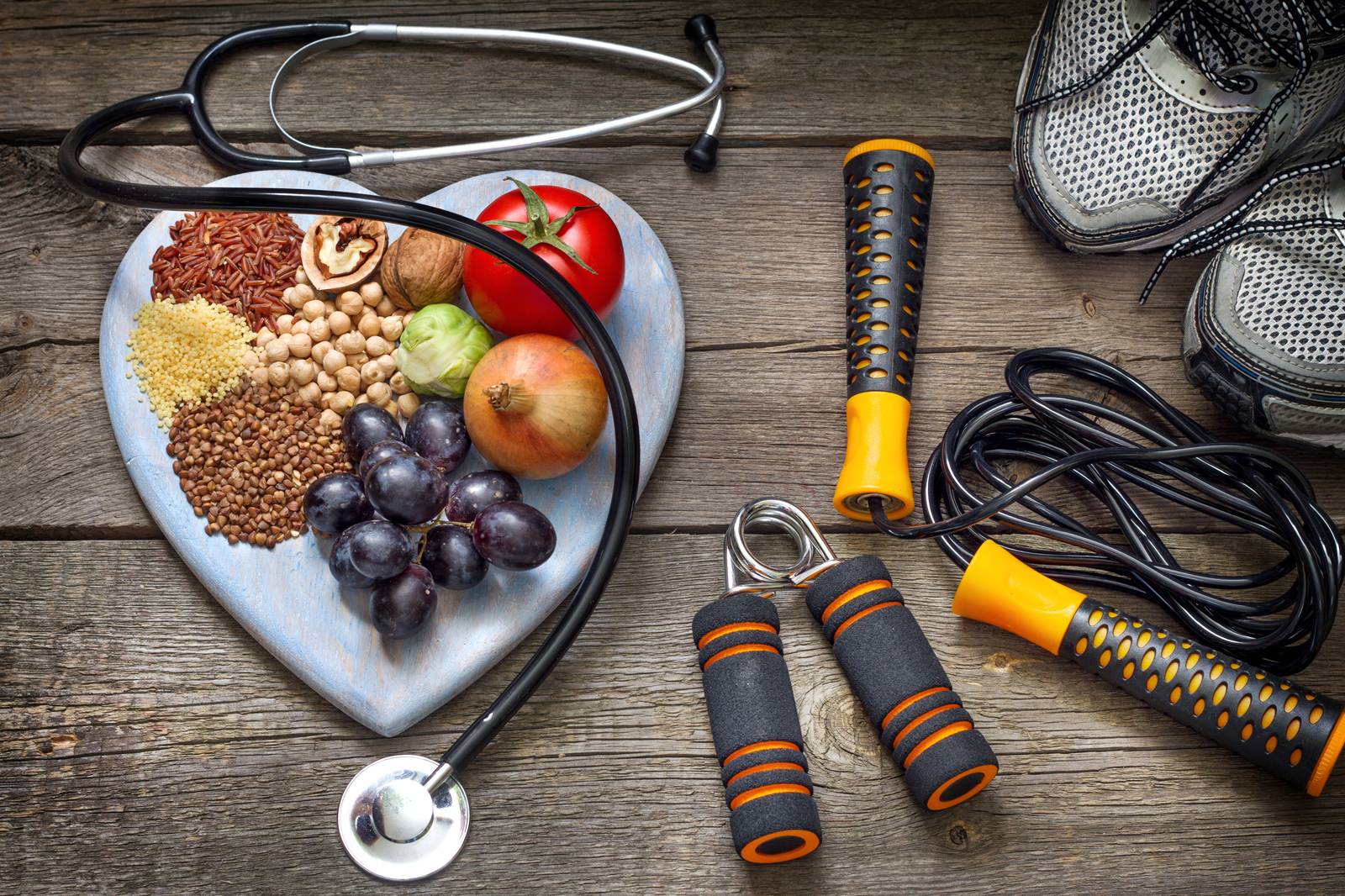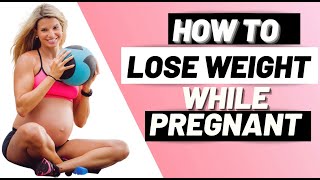
Can fiber help you lose fat? Recent research shows that a 30g fiber diet can help lower blood sugar and insulin response. But how much fiber should you consume? But how much fiber is recommended? And which types of fiber should be included in your diet. Let's find out! Here are some examples of fruits and vegetables rich in fiber. These vegetables may be just what your body needs to lose weight. These foods are good for your health and delicious.
Viscose fiber
You can lose weight by eating more fiber. Fiber is known for its many health benefits. One research even examined the effects on people with diabetes. Dr. Rebecca Blake, a clinical nutritionist at Mount Sinai Beth Israel New York City says fiber is good for you. It doesn't make you feel hungry and it doesn't increase calories. By eating more baked potatoes instead of other potato types, you'll feel satisfied and not crave for food later on.

Soluble fibre
Soluble fiber is a kind of carbohydrate that can be found in plant foods. It is classified as either soluble or insoluble depending on how it reacts with water. Foreign invaders can cause inflammation, which can lead to weight gain. It has been proven that soluble fiber can help reduce the levels of inflammatory markers that are associated with weight increase. Fiber is a preventive tool that can help you lose weight.
Insoluble fiber
There are many health benefits of soluble fiber, from lowering belly fat to aiding digestion. It slows down food's release, leading to less bellyfat. The slow release of food can also be slowed by soluble fibers, which can promote regularity and weight loss. These fibers are found all over the food chain, including fruits, vegetables and whole grains as well legumes. Continue reading to find out more. And don't forget to drink plenty of water while you're eating!
Fruits
Aside from their high nutritional content, fruits are also rich in vitamins as well as fiber. Fruits are easy to eat and don't need any chopping or peeling. Blueberries, for instance, contain eight grams of fiber per serving, making them a great choice for those who are on a weight loss plan. This type of fruit can also help you lose weight by making you feel full longer. Additionally, it contains water and essential vitamins and minerals.

Nut butters
Nut and butter products are rich in protein and fiber. Many of them have unsaturated oils, so it is best to get organic. Many oil manufacturers add trans fat and hydrogenated to the product to prevent it from seperating. You can cut back on calories by buying organic nuts and nut oils. This will allow you to have a rich snack with no extra calories.
FAQ
What can I eat in the morning while intermittently fasting
Drink water before you go to bed at night. This will make you feel fuller and give you energy all day. For more flavor, add lemon juice and cucumber slices.
What Weight Loss Can You Expect In One Week?
Your body fat percentage determines how much weight you are able to lose. The first thing to do is to calculate how much weight you want to lose and then find out what your BMI (Body Mass Index) is. Your BMI (Body Mass Index) tells you how much weight should be lost to reach your goal. If your BMI is 25 or greater, you're overweight. If your BMI reads 30 or more, you are likely obese.
Your BMI is calculated at 28.7 if your weight is 200. To reach a healthy weight, you would need to lose 70 pounds. To see if you're overweight, visit www.healthyminds.com/bmi/.
Once you have your BMI, you are able to use this formula for calculating how many pounds each week you will lose.
(Your Goal Weight - Current Weight)/BMI * 7 Number Of Pounds Lost Per Week
For 50 pounds to be lost in one month, it would take 2 weeks of exercise. 56 days is equivalent to 7 pounds per day. This works out at 8.3 pounds per week.
You could also try this calculator from www.weightlosscalculator.net. It will provide an approximate amount of calories that you would need daily to lose one pound per month.
Why not lose weight before your 40th birthday?
Maintaining health and fitness is the most important thing for people over 40. It is vital to find healthy ways to stay active throughout your lifetime. This includes regular exercise, eating right, not smoking, moderate alcohol, and regular exercise.
It is also important for us to realize that our bodies will change with age. Our bones become weaker, and our muscles begin to shrink. We can slow down the aging process by taking care of ourselves.
As we age, there are many advantages to being healthy and fit. These include:
-
Better sleep
-
Improved moods
-
Increased energy levels
-
Lower risk of developing cancer
-
A longer life
-
More independence
-
More sex
-
Greater memory
-
Improved concentration
-
Improved circulation
-
Stronger immune system
-
Fewer aches and pains
Is there a difference between intermittent fasting, calorie restriction, and intermittent fasting?
Calorie restriction is a way to eat less than your body needs. Intermittent fasting differs from other types of intermittent fasting in that it does not restrict calories. Intermittent fasting focuses more on eating fewer calories every day.
Intermittent fasting works better because it allows for you to enjoy your favorite foods without feeling guilty.
Each method has its pros and cons. You will need to decide which method is best for you.
How often do people fast every day?
Most people who follow a ketogenic diet fast once per week. But, some people fast twice per week. And others fast three times per week.
Each fast has a different length. Some people fast 24 hours, while others fast 48 hours.
Some people can even travel for up to 72 hours. However, these extreme cases are rare.
What side effects can intermittent fasting have?
Intermittent fasting is safe and has no side effects. Some minor issues might occur if you do not plan your meals properly.
For example, if you skip breakfast, you might be irritable all day long. Also, you might experience dizziness, headaches, fatigue, muscle cramps, and dizziness.
These symptoms usually resolve within a few weeks.
Statistics
- According to a study sponsored by the American Council on Exercise, a person weighing around 140 pounds (64 kg) would burn 108 calories at a 30-minute beginner's Pilates class or 168 calories at an advanced class of the same duration (26). (healthline.com)
- One 6-month study showed that simply doing 11 minutes of strength-based exercises 3 times per week resulted in a 7.4% increase in metabolic rate, on average. (healthline.com)
- Another study found that 24 weeks of weight training led to a 9% increase in metabolic rate among men, which equated to burning approximately 140 more calories per day. (healthline.com)
- Among women, the increase in metabolic rate was nearly 4%, or 50 more calories per day (14Trusted Source (healthline.com)
External Links
How To
How to Lose Weight Fast Without Exercise
It is best to eat less calories than you burn to lose weight quickly. This will make your body burn more fat to generate energy. If you do not consume enough calories, your body will begin to break down muscle tissue to use for energy, which means you'll see some muscle loss. Although you can lose weight even if you aren't working out, it's likely that you'll lose more muscle mass.
It is possible to lose weight fast and not have to exercise by reducing your calorie intake. It is common for people to believe that they must cut down on their food intake in an effort to lose weight. You want to eat fewer calories than what you burn when you are trying to lose weight. So how much should you eat every day? It all depends upon what type of activity you engage daily. A person who walks 3 miles a day would need only 2,500 calories per day. One who sits at the desk all day would require 1,600 calories daily. Someone who exercises (e.g., lifting weights) daily would need around 1,600 calories.
When you want lose weight, it is important to cut down on your caloric intake. Many people believe that they need to eat less because they feel starving. But this isn't the case. Your body doesn’t care about whether you’re hungry. It simply wants to function correctly. Tracking your calorie intake is key to losing weight. Many apps are available online that can help you monitor your calorie intake. MyFitnessPal is one of the most popular apps.